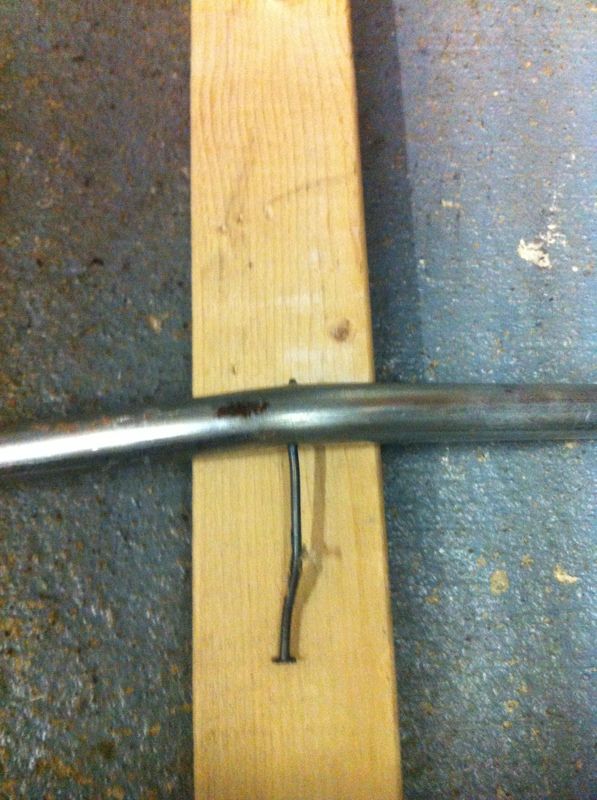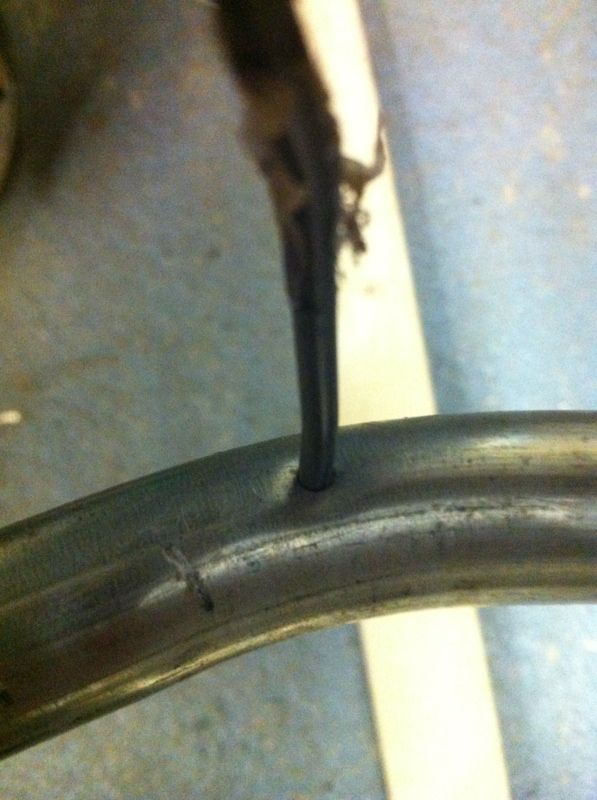- Joined
- 13 Nov 2010
- Messages
- 86
- Reaction score
- 0
- Country

The problem I have is two pipes are clipped to the joist thereby not allowing me to drill centre of the joist and complying with the 50mm top and bottom requirement. It runs in parallel along the whole length of the joist. My understanding of the regs is that you could use steel conduit as long as it's earthed. Is this the best/eaiest/quickiest way of doing this? How would I earth the conduit? It's a very short run inbetween two joists


